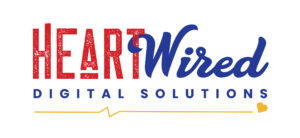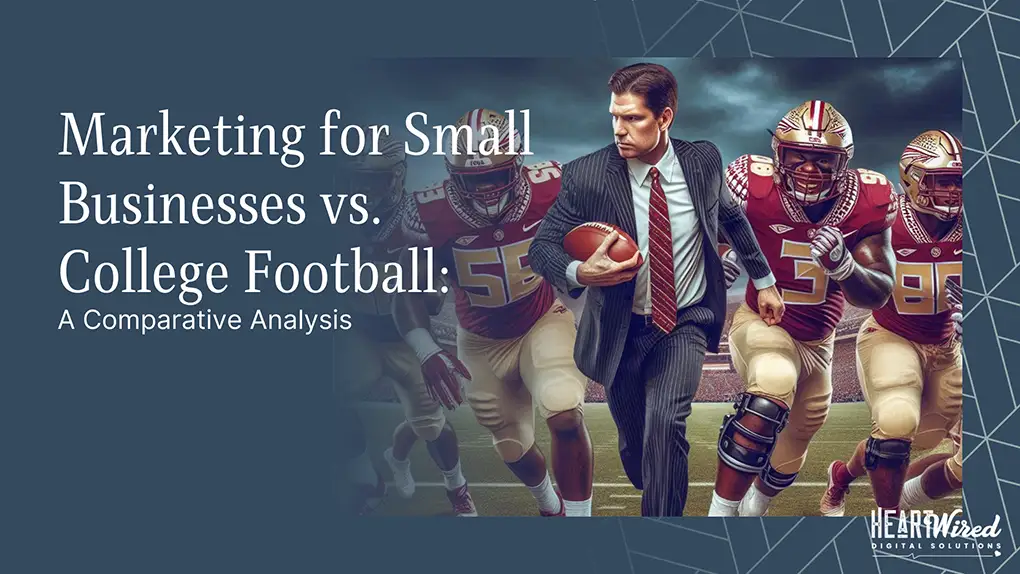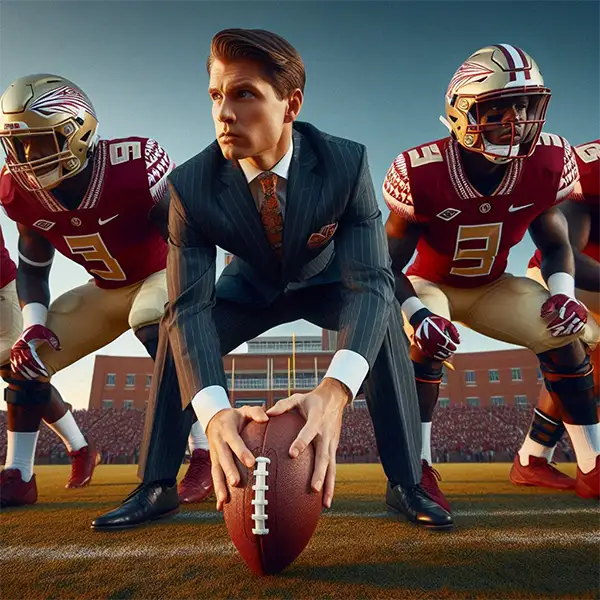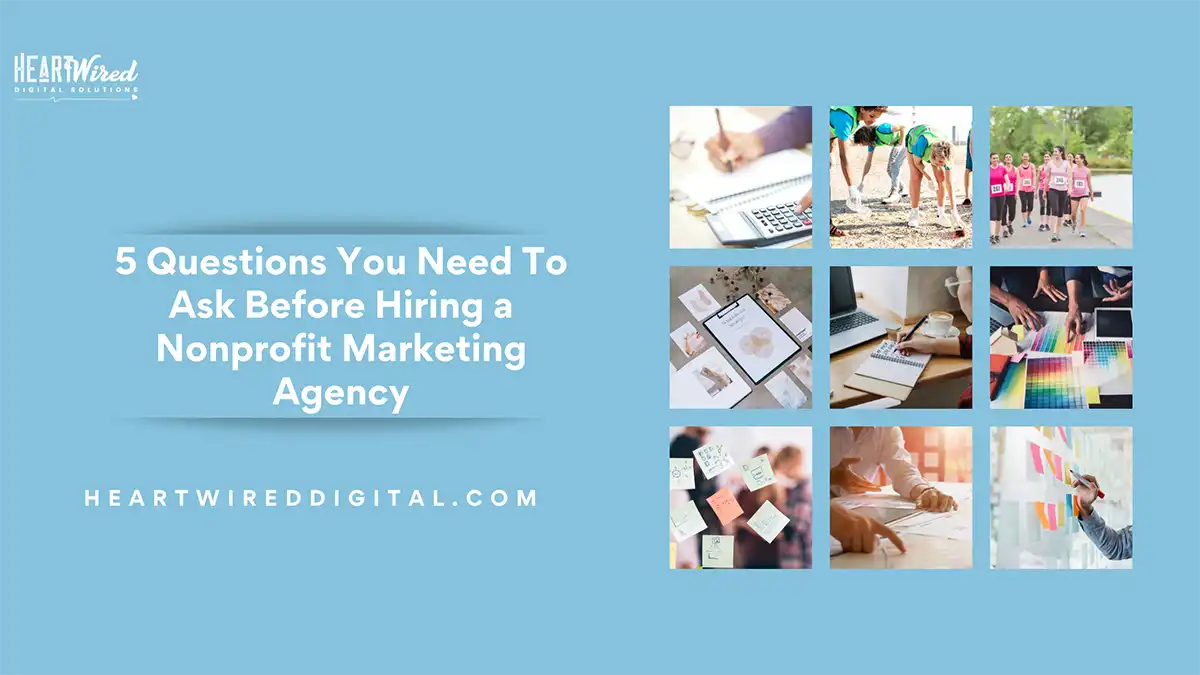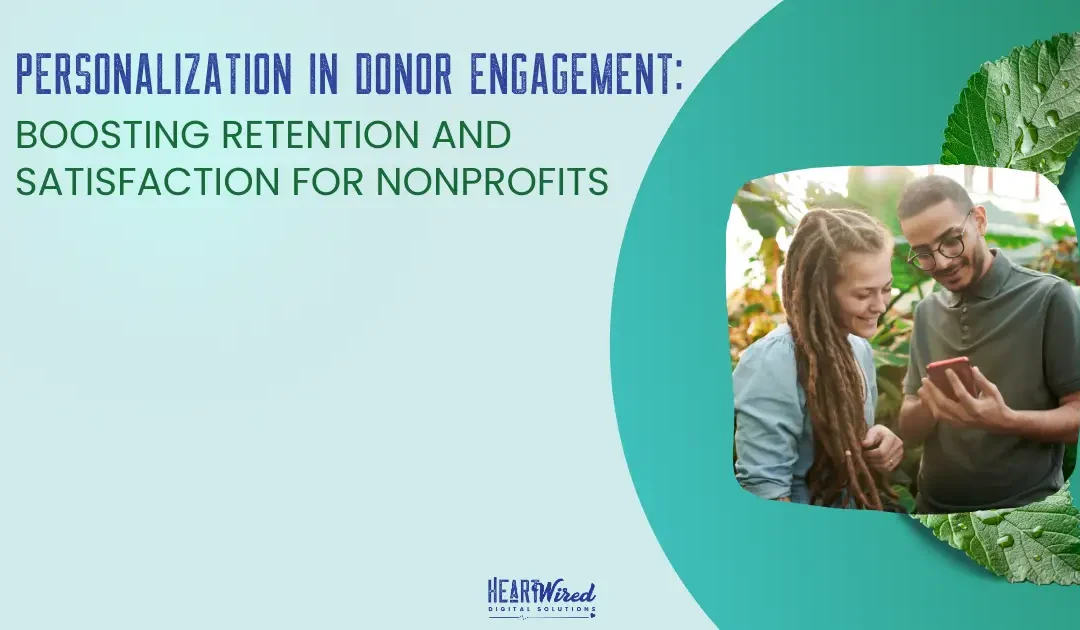
Personalization in Donor Engagement: Boosting Retention and Satisfaction for Nonprofits
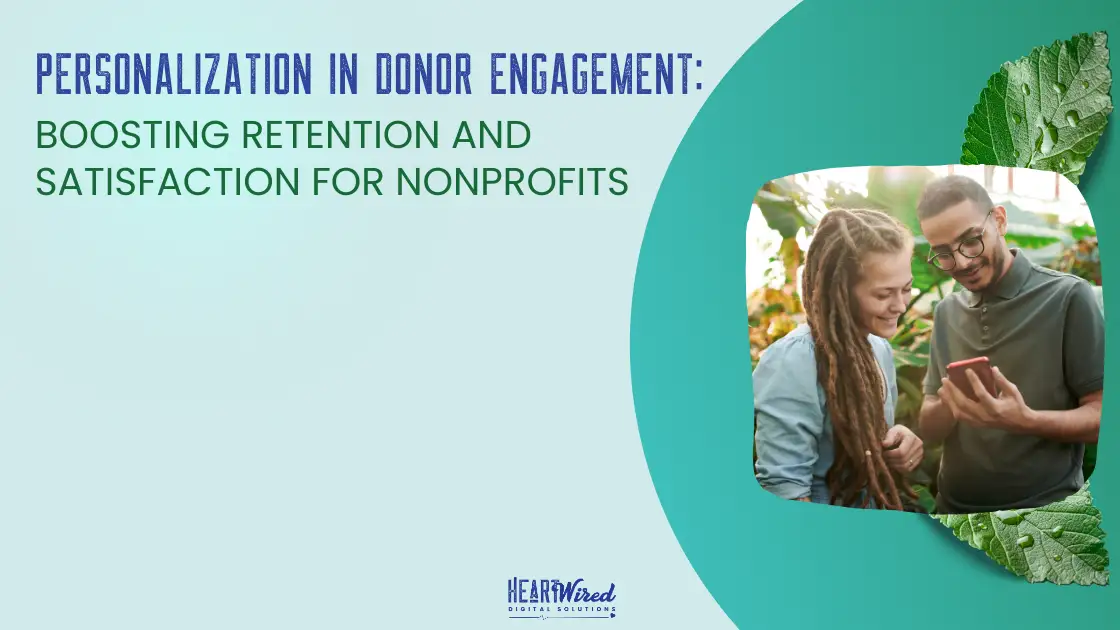
The Importance of Personalization in Donor Engagement
Personalization is not a buzzword—it’s a proven strategy for deepening relationships between nonprofits and their supporters. Here are a few reasons why personalization has become such an essential tool in nonprofit marketing:
- Increased Donor Retention: Retaining donors is often more cost-effective than acquiring new ones. A personalized approach creates custom donation options based on that individual experience. By making them feel more connected to the cause they are more likely to continue supporting the organization. According to research, something simple like a personalized email subject line can increase open rates by 26%.
- Enhanced Donor Satisfaction: Supporters want to feel that their contributions are making a difference. By tailoring communications to reflect their past donations, areas of interest, or volunteer efforts, nonprofits can show donors how their support impacts the mission. This increases donor satisfaction, fostering a deeper emotional connection to the cause.
- Better Targeting and Engagement: Personalization empowers nonprofits to tailor their campaigns to donor behavior and preferences, making content more relevant and boosting engagement rates. Simple gestures like sending a special message on a donor’s birthday or highlighting projects they’ve funded can transform one-time donors into lifelong advocates. These small changes make a big difference.
- Strengthened Donor Relationships: Building and maintaining strong relationships with donors is crucial for nonprofit success. Personalized outreach fosters trust and shows donors they’re valued as individuals, not just sources of funding. This connection can enhance loyalty and long-term support. Ultimately, it’s about creating a community of passionate supporters. Such commitment can drive lasting change and significantly amplify the organization’s mission.
Strategies for Implementing Personalization in Nonprofit Communication
- Segment Your Donor Database: One of the first steps in creating personalized donor experiences is segmenting your audience based on certain criteria—donation frequency, amount, specific programs supported, geographical location, or demographics like age or gender. This helps tailor your messaging to each group’s interests and values. For example, first-time donors might receive a thank-you email with an introduction to the nonprofit’s broader work, while long-time supporters could get an in-depth update on a specific program they’ve funded in the past.
- Tailor Email Campaigns: Email is a powerful tool for engaging donors, and personalization can greatly enhance its effectiveness. By using dynamic content, nonprofits can create customized emails that address the donor by name, reference their previous donation, and suggest other areas they might find interesting based on their giving history. Personalized emails can also celebrate milestones like the anniversary of a donor’s first gift or recognize their ongoing support with exclusive updates.
- Create Custom Donation Pages: A crucial but often overlooked area of personalization is the donation page itself. Nonprofits can create tailored donation experiences by pre-filling donor information (like their name and email), suggesting giving amounts based on past contributions, or even showcasing impact stories that align with the donor’s specific interests. A customized donation page increases the likelihood of completing a gift because the process feels more familiar and relevant.
- Personalized Thank-You Messages: After a donation, personalized thank-you messages that reflect the donor’s contribution can reinforce their decision to give. Whether it’s a handwritten note, a customized video message from a staff member, or a detailed update about how their donation made an impact, this personal touch helps keep donors engaged and appreciated.
How Bloomerang Enhances Personalization in Donor Engagement
- Donor Segmentation and Profiles: Bloomerang allows nonprofits to create detailed donor profiles and segment their audiences based on a wide range of criteria, including giving history, engagement level, and communication preferences. This makes it easy to personalize outreach based on individual donor data, ensuring that every communication feels relevant.
- Tailored Email Campaigns: With its built-in email marketing features, Bloomerang helps nonprofits send personalized email campaigns to different donor segments. By using donor-specific data, nonprofits can create customized email templates that address supporters by name, acknowledge their previous gifts, and suggest further involvement based on their past engagement.
- Customizable Donation Pages: Bloomerang allows nonprofits to create personalized donation forms that can be embedded directly into their websites. These forms can be customized with suggested giving amounts based on the donor’s history, making it easier for supporters to give again. Additionally, nonprofits can track donor behavior on the forms, helping them optimize future communications.
- Personalized Reporting and Stewardship: One of Bloomerang’s standout features is its ability to generate detailed impact reports for donors, showing them exactly how their contributions are making a difference. This feature allows nonprofits to craft personalized follow-up messages, keeping donors informed and engaged with the cause they care about.
- Automated Acknowledgments: Bloomerang helps streamline the thank-you process by enabling nonprofits to send automated, yet personalized, thank-you messages. These messages can be tailored to reflect each donor’s specific gift amount and the program or project they supported, reinforcing the nonprofit’s appreciation.
- Engagement Meter: Bloomerang’s “Engagement Meter” provides nonprofits with real-time insights into donor engagement, showing how connected each supporter is to the organization. This tool allows nonprofits to tailor their outreach to the donor’s level of engagement—whether it’s nurturing a first-time donor or encouraging a high-level supporter to increase their involvement.
